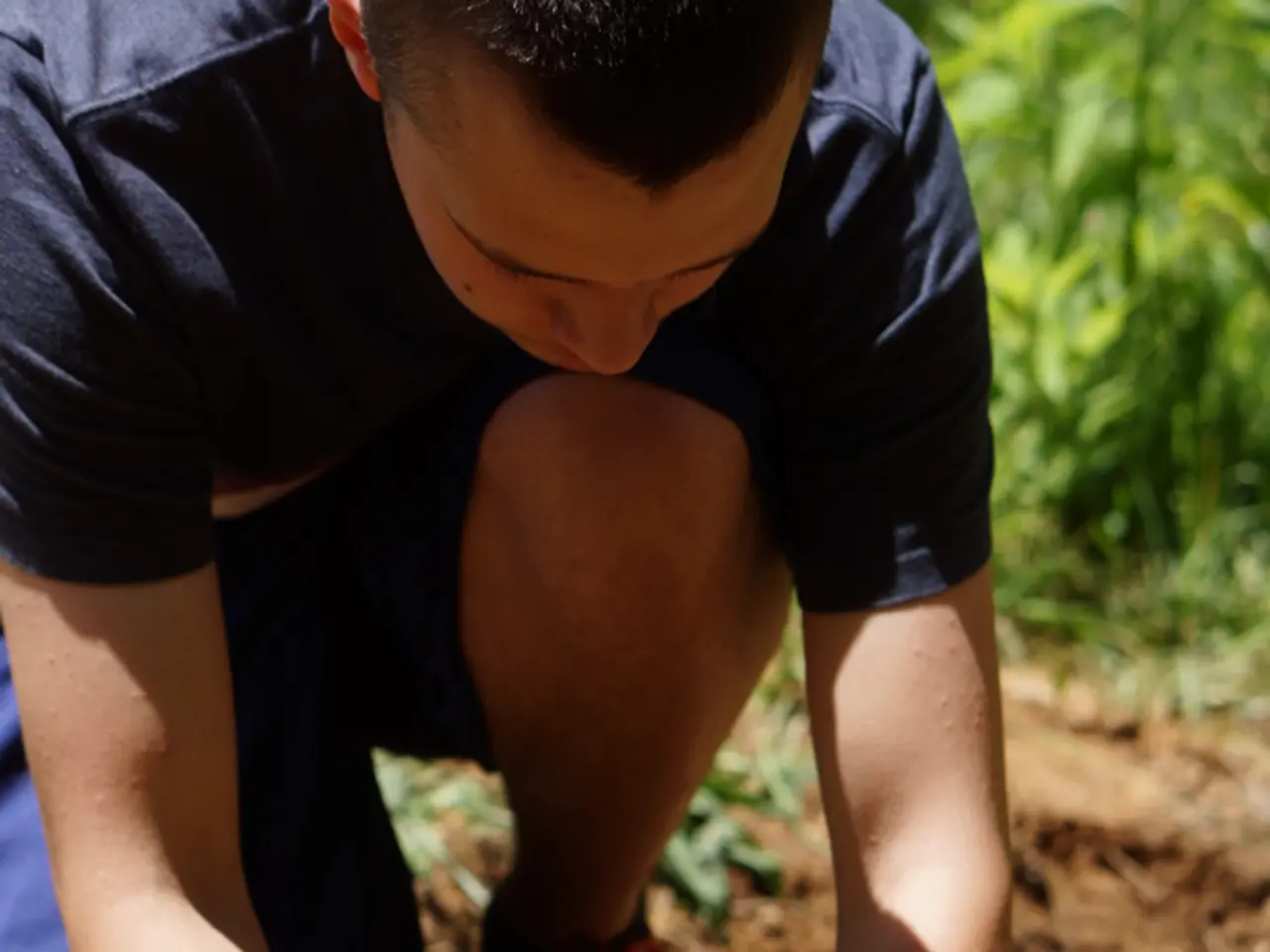Temperature Required for Sowing Seeds: Necessary Warmth for Seed Sprouting
In the world of gardening, understanding soil temperature is essential for a successful growing season. Here's why and how you can make the most of it.
For an accurate average, it's recommended to take readings for three consecutive days. This practice ensures that any temporary fluctuations are accounted for, giving you a more reliable reading.
When it comes to planting, spring onions can be sown directly into the ground. As they grow, thin them out and water them consistently. However, knowing the right soil temperature is crucial to ensure optimal germination.
For home gardeners and farmers, the best tools for the job are digital soil thermometers and multi-function soil testers. These devices not only measure soil temperature but also provide readings for moisture and pH levels. This comprehensive data helps determine the best time to plant seeds based on accurate soil conditions.
Two key options to consider are digital soil thermometers, designed for quick, precise readings with probes inserted into the soil, and multi-function meters like the SHENMO Soil Tester or BT29SS tester. These devices offer a detailed picture of soil conditions, making them invaluable for planting decisions.
When selecting a soil temperature tool, look for a durable, long probe to reach the root depth where seeds will germinate. Easy-to-read digital or analog displays are also important for quick interpretation. Lastly, consider battery-powered or no-battery options based on your preference and convenience.
Using these tools in conjunction with seed packet germination temperature guides and knowledge of frost dates and growing season length will increase direct sowing success. Garden tips like mulching or row covers can also moderate soil temperature during planting if needed.
Different plants have specific temperature requirements. For instance, tomatoes, cucumbers, and snap peas benefit from soils of at least 60 degrees Fahrenheit (16 degrees Celsius). Warmer temperatures in the 70s (20s Celsius) are ideal for watermelon, peppers, and squash. Sweet corn, lima beans, and some greens need a minimum of 65 degrees Fahrenheit (18 degrees Celsius).
For seeds, the temperature should be taken at a depth of 1 to 2 inches (2.5-5 cm), while transplants should be sampled at a depth of 4 to 6 inches (10-15 cm).
Soil temperature apps provide real-time estimates and historical data to help plan planting times. In regions with snow, clear plastic can be used to melt snow and warm the soil.
Finally, it's worth mentioning that soil with good drainage and organic matter retains just enough water to stay warmer than dry soil. This is another factor to consider when preparing your garden for the growing season.
In summary, a digital soil thermometer or multi-parameter soil tester with temperature measurement capability is essential for home gardeners and farmers to decide the right planting time by checking soil temperature accurately and conveniently.
A digital soil thermometer or a multi-function soil tester is crucial for home gardeners and farmers to achieve optimal germination, as they enable accurate readings of soil temperature, moisture, and pH levels. For a successful home-and-garden lifestyle, understanding and maintaining the right soil temperature in the garden is essential, considering different plants have specific temperature requirements.




